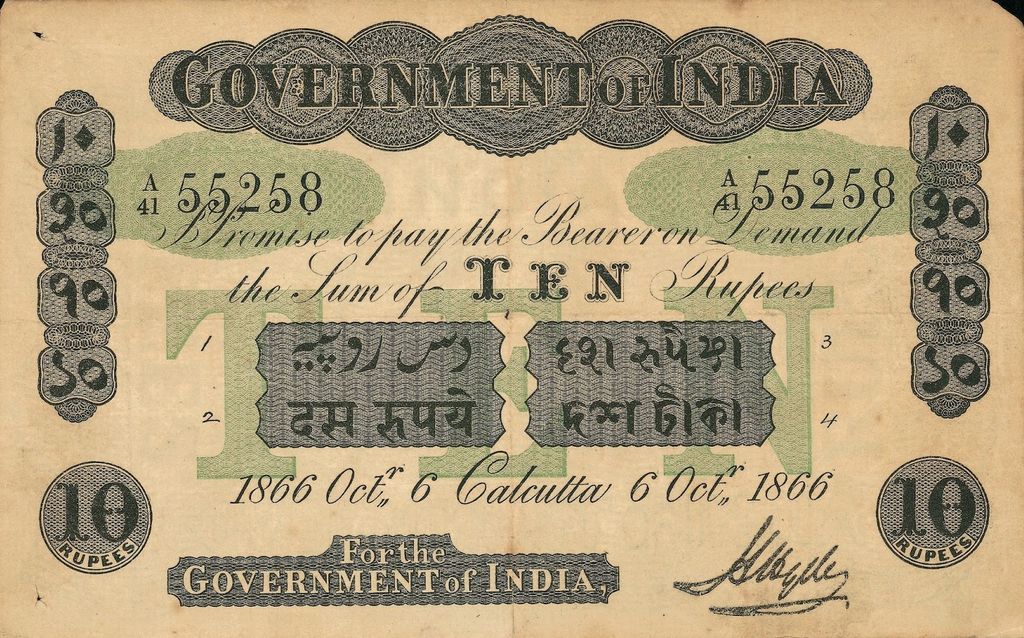Jekyll and Hyde - The Banknote Connection
A strange tale indeed..............
Whilst it's almost certain most people would know of the term Jekyll and Hyde as a term used to describe someone who can change personalities be it induced by drugs, alcohol, medical or a mental disorder or as in the story by a man made potion. The origins of the characters and why the author chose these names is probably not known at all; we move to shine a light on this and the twist that involves banknotes.
The Novella "The strange tales of Dr Jekyll and Mr Hyde" penned by the famous author Robert Louis Stevenson in 1886 seems to have had its characters' origins in the membership list of Society of Telegraph Engineers (STE) of 1872 The names of several characters described in the book can be found within the membership list.
Robert Louis Stevenson was raised in Scotland the son of a second generation lighthouse engineer forced to study engineering. In his early days he loathed the subject but created a lifelong friendship with his Professor Fleeming Jenkin as they shared the love of theatre and poetry. When he died suddenly in 1885, it deeply affected Stevenson so much so that he penned a memoir in his honour in 1887. While he was researching his friend it is probable he came across the names of the main characters and the victim of the Jekyll and Hyde story. The name Fredrick C Danvers auditor appears in the list (Sir Danvers Carew was the name of Hyde's victim in the novella)
Professor Fleeming Jenkin was also a member of the STE. His name appears just below that of Jekyll and Hyde in the membership list. An excerpt of the names is attached below.


